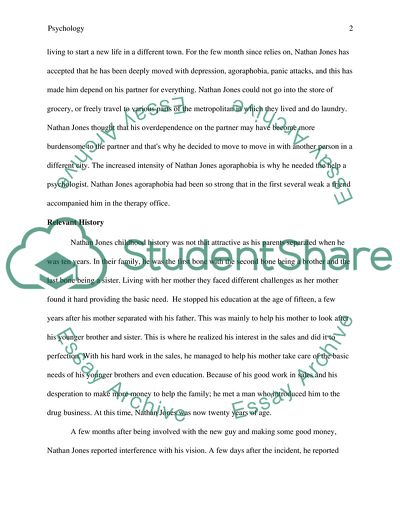Cite this document
(Nathan's Situation of Agoraphobia in Development Case Study Example | Topics and Well Written Essays - 2750 words, n.d.)
Nathan's Situation of Agoraphobia in Development Case Study Example | Topics and Well Written Essays - 2750 words. https://studentshare.org/psychology/1879302-treatment-plan
Nathan's Situation of Agoraphobia in Development Case Study Example | Topics and Well Written Essays - 2750 words. https://studentshare.org/psychology/1879302-treatment-plan
(Nathan'S Situation of Agoraphobia in Development Case Study Example | Topics and Well Written Essays - 2750 Words)
Nathan'S Situation of Agoraphobia in Development Case Study Example | Topics and Well Written Essays - 2750 Words. https://studentshare.org/psychology/1879302-treatment-plan.
Nathan'S Situation of Agoraphobia in Development Case Study Example | Topics and Well Written Essays - 2750 Words. https://studentshare.org/psychology/1879302-treatment-plan.
“Nathan'S Situation of Agoraphobia in Development Case Study Example | Topics and Well Written Essays - 2750 Words”. https://studentshare.org/psychology/1879302-treatment-plan.


